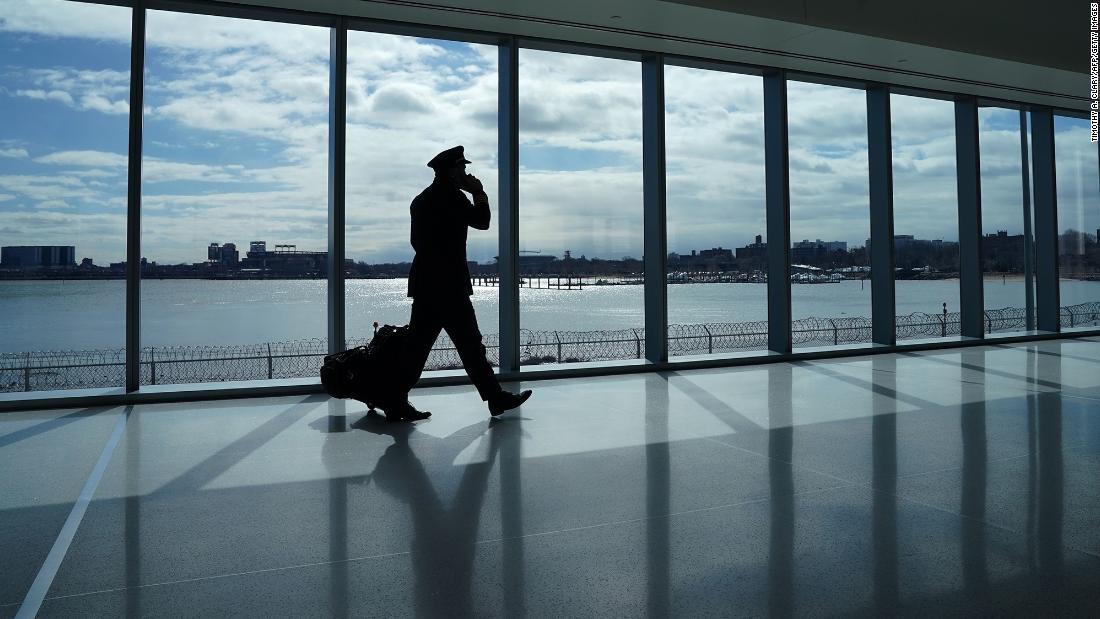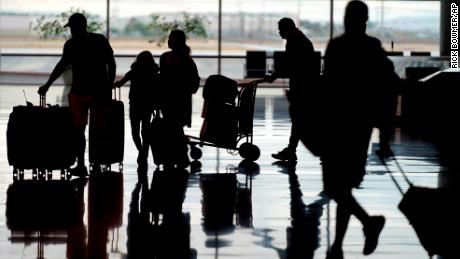Based on data from Oliver Wyman’s fleet forecast and our models for industry growth, we anticipate a shortage of almost 30,000 pilots in North America by 2032 if the industry fails to address its staffing problems. That’s almost four times higher than this year’s anticipated gap of 8,000 pilots, which has already proven to be problematic, even with demand still below where it was before the Covid-19 pandemic.
Behind the pilot shortage is a confluence of trends, including the retirement of aging Baby Boomers and significantly fewer job candidates coming from the military, as the use of unmanned drones steadily increased and there were fewer deployments. Covid-19 exacerbated the shortfall, with airlines offering pilots early retirement at the height of the pandemic. When travel demand surged in 2021, the pilot shortfall was so dramatic that it hampered the airlines’ ability to ramp back up, leading to flight delays and cancellations.
Besides inconvenience, passengers are already paying for the shortage with higher airfares and more tightly packed aircraft — and will continue to do so in the months and years ahead — as airlines consolidate traffic into as few flights as possible. While this reduces the demand for pilots, it also limits the supply of seats available, making each one more valuable, but also more expensive to fly and buy. During busier travel periods, a lower capacity makes it more difficult to rebook passengers when flights are canceled and jeopardizes service to less popular and more remote destinations all year long.
The expanding gap between supply and demand is forcing airlines to compete with one another for pilots through higher compensation. Recent contract negotiations are pushing up pilot salaries, which will challenge the airlines’ profit margins and may not even be enough to address the shortfall, especially in the near term.
The 2021 median annual pay for airline pilots, co-pilots and flight engineers was $202,180, according to the US Bureau of Labor Statistics, and has been steadily increasing.
The race to stay competitive on pilot pay is leaving smaller regional airlines at a distinct disadvantage because they can’t afford to compete. This will be especially true for those airlines not wholly owned by or affiliated with large airlines. Already, regionals are losing pilots to bigger carriers where the compensation is materially higher and there’s more potential for long-term career advancement. We expect the economic impact to be severe enough to prompt consolidations and even failures among US regional carriers — a further threat to service to smaller cities and sparsely traveled routes.
The pilot shortfall and rising labor costs also could affect the standing of various low-cost carriers. On one hand, higher operating costs may undercut their ability to maintain lower fares than their global rivals, and the shortage is likely to prevent them from adding flights when demand is high. On the other, the disruption to the regional model may create growth opportunities. We expect the more successful low-cost carriers to cherry-pick the most profitable smaller city routes that might otherwise see reduced service. Success hinges on how effectively low-cost carriers can manage their relative pilot cost advantage, while still retaining pilots for growth.
No quick fix
Working our way out of the pilot shortage will not be as easy. First, it takes time to become a pilot. While the pay is potentially lucrative, training to become a commercial airline pilot in the US typically involves 1,500 hours of flight time and can cost almost $100,000, limiting the number of candidates.
The industry is also working with an artificially small pool of potential candidates, given the tiny portion of pilots who are either female or people of color. For instance, only 8% of all US commercial airline pilots are women, according to the Pilot Institute, a flight training school.
The industry could try to convince the Federal Aviation Administration to raise the retirement age, which is currently 65. But this would have limited impact because of the number of pilots affected by the change, and the fact that many might still opt to retire. A more powerful regulatory modification would be to reduce the number of flight hours required to be certified, although we think a wholesale change to this requirement is unlikely.
Another significant longer-term fix might include the government and industry creating more programs that build awareness around the benefits of pursuing a career as a pilot, especially for middle school and high school students. Airlines could also increase their current efforts to sponsor pilot candidates, providing more of them with financial support and positioning them for a commercial airline job.
Government grants could also ease the cost burden on pilot candidates, as well as help pay for building more training capacity. Already today, there is an acute shortage of both simulators and instructors to train the next generation of pilots and keep the current ones certified. That said, these potential solutions would probably take years to make a significant difference.
Until we get enough pilots trained and hired, airlines and passengers will feel the pinch of higher costs and flight delays and cancellations.

